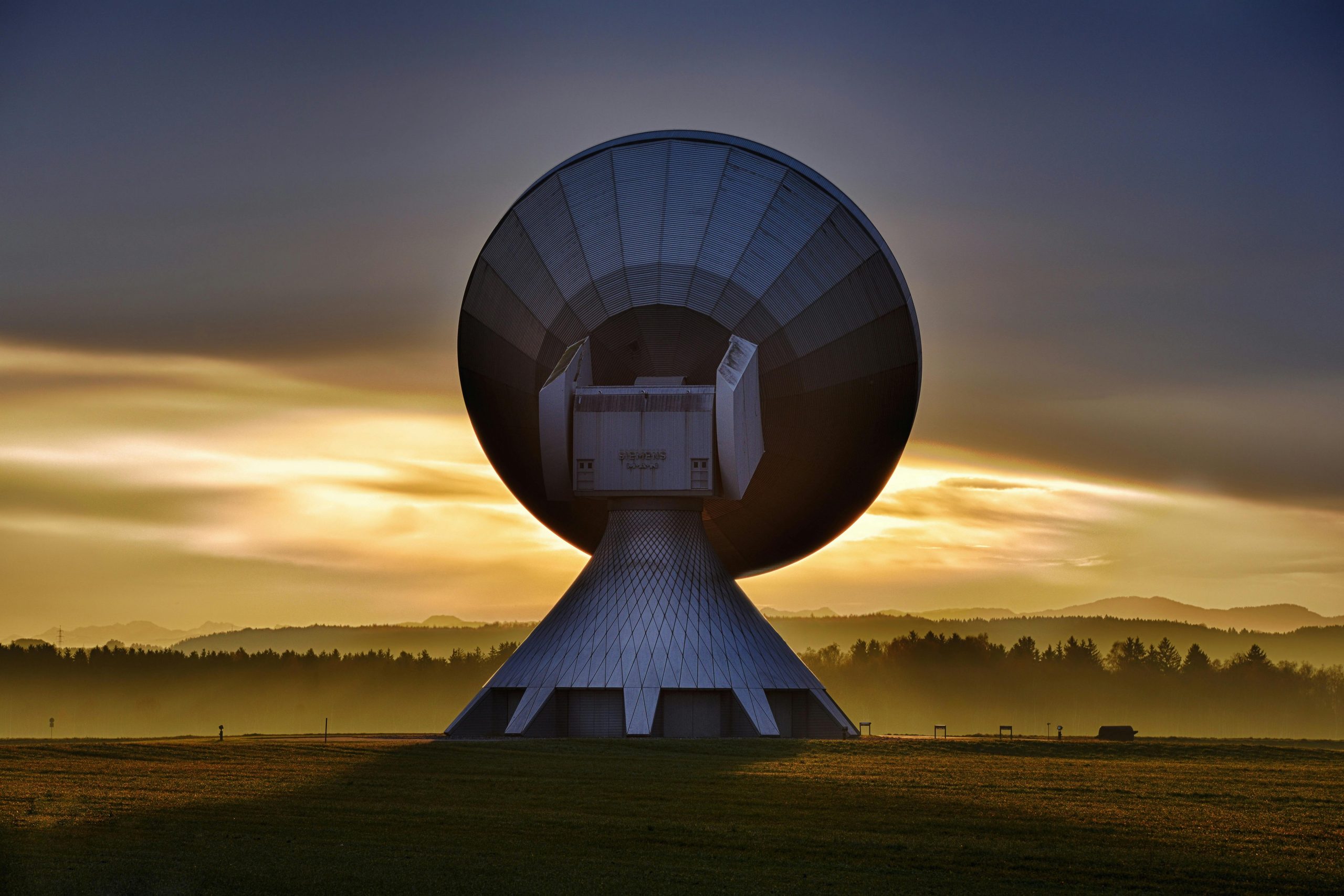What is 6G? The Future of Wireless Connectivity Explained
As the world adapts to the lightning-fast speeds of 5G, the tech industry is already looking ahead to the next big leap: 6G. But what exactly is 6G, and how will it shape the future of wireless connectivity? In this blog, we’ll break down 6G technology, its potential benefits, and what it means for our connected world.

What is 6G?
6G, or sixth-generation wireless, is the biggest thing that has come to wireless since 5G networks were invented. Although 6G is not yet deployed worldwide, 6G will transform wireless connections by the early 2030s. It provides far higher speeds, lower latency, and more stable connections than we have ever seen before. Whereas in the past, 6G technology will fuse future generation technologies like AI, quantum computing, and holographic communications to transform the way we command devices and data.
The 6G vision is not only to be faster but also to create a hyper-connected, disruption-free world. From virtual reality to smart cities, 6G networks will have science-fiction-like creations today.
How is 6G Different from 5G?
Let us compare 6G and 5G in order to have a concept regarding what 6G is. While 5G is up to 10 Gbps and has latencies of as little as 1 millisecond, 6G will break such records even more. Experts also opine that the 6G networks will achieve speeds of up to 1 Tbps (terabit per second) and will be 100 times faster than 5G. Latency will be decreased to microseconds, thus enabling more trusted real-time applications like self-driving cars and telemedicine surgery.
Second, 6G technology will operate at increased frequency bands, such as terahertz (THz) waves, compared to 5G millimeter waves. Increased frequencies entail massive data transfer but are based on more advanced infrastructure in confining the problem of signal range and penetration.
Key Features of 6G Technology
So, how is 6G different? Some of the most important features are listed below:
1. Ultra-Fast Speeds
6G networks will be hand-in-hand with record-breaking data speeds. Imagine an HD movie downloaded in one second or 8K video streaming without breaks. The speed will revolutionize the entertainment, gaming, and cloud computing sectors.
2. Near-Zero Latency
Latency, or the length of time it takes for data to flow from a source to a reception point, will be eliminated with 6G technology. That is what applications requiring immediate response like remote robot surgery or self-driving automobiles communicating back and forth in real-time require.

3. AI Integration
Artificial intelligence will be managing 6G networks. AI will manage traffic, control network performance, and defend against attacks. For example, 6G can dynamically change bandwidth based on user requests, giving an end-to-end smooth experience even in traffic-heavy cases.
4. Energy Efficiency
6G will be more eco-friendly than other networks. 6G technology will consume less power through the use of new materials and smart management of the network. It will be cost-effective and sustainable.
5. Holographic Communication
Imagine having a meeting as a 3D hologram or living in virtual reality like living. 6G is set to live this fantasy by providing monstrous-scale data transfer for holographic display and virtual reality perception.
Applications of 6G Networks
The technological potential provided by 6G technology is vast and unprecedented. Some of the sectors under which 6G will be able to establish a physical presence are listed below:
Smart Cities: 6G will enable real-time communication among infrastructure, vehicles, and sensors, and cities will become safer and more efficient.
Healthcare: Tele-surgeries, wearable health monitors, and 6G networks will enable sophisticated telemedicine and real-time patient monitoring.
Autonomous Vehicles: The 6G real-time latency will enable autonomous vehicles to communicate in real time, preventing accidents and streamlining traffic.
Virtual Reality and Augmented Reality: 6G will propel frictionless usage of AR and VR, from digital games to virtual classrooms.
Internet of Everything (IoE): 6G will interconnect billions of devices, from industrial equipment to smart homes, under a single digital cloak.

Challenges in Developing 6G
Although 6G holds many promises, its implementation is filled with issues galore:
Infrastructure Cost: Installation of 6G networks requires a huge investment in novel antennas, base stations, and equipment to handle terahertz waves.
Signal Range: Terahertz waves have a shorter range and are unable to penetrate walls, thus requiring innovative solutions such as intelligent reflecting surfaces.
Global Standards: With an attempt to operate seamlessly all over the globe without any obstruction, countries will need to adopt common standards, which will not be an easy task.
Security Concerns: As more and more devices are connected to 6G technology, cybersecurity and data security will be the main concerns.
When Will 6G Be Available?
Though 5G is already in progress to be launched, 6G is yet in the initial stages of research and development. According to the vision of the experts, 6G networks are set to start becoming commercially viable as early as 2030. China, Japan, South Korea, and the United States of America have already started making plans to invest heavily in researching 6G to gain a head start over the competition for wireless communication in the coming generation.
Why 6G Matters
6G is a new and different wireless future. It’s not just faster internet; it’s the technologies that will be made possible that will transform the way we live, how we work, and how we interact. From cities to transforming healthcare, 6G technology will be forging possibilities today we can hardly envision.
To business enterprises, 6G will bring innovation opportunities from AI-enabled services to real-time data processing. For the customer, it will provide a gateway for digital existence to become hyper-connected and interactive. With the advent of a hyper-connected world, 6G networks will lead the charge towards such transformation.

Conclusion: The Future of Wireless Connectivity
6G is not 5G sequel; it’s a breakthrough into a wiser, quicker, and more connected wireless world than ever before. Ultra-high speed, nearly zero-latency capacity, and AI-optimized performance, 6G technology will provide innovation pathways that reimagine our world. Challenges lie ahead, but 6G is being built today, and its ripple effects will start in the 2030s in industries and communities.
Can you visualize the possibilities of 6G? Wait and watch for further updates as this revolutionary technology emerges!




